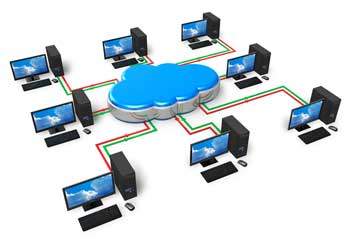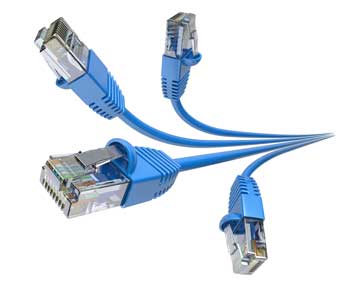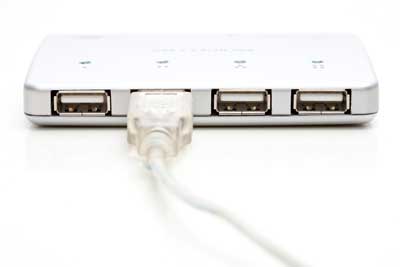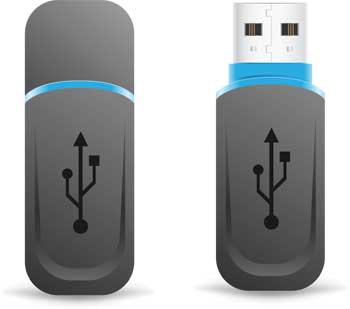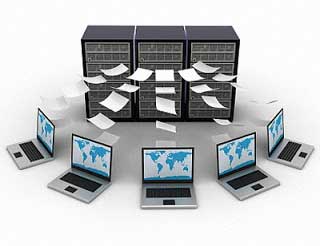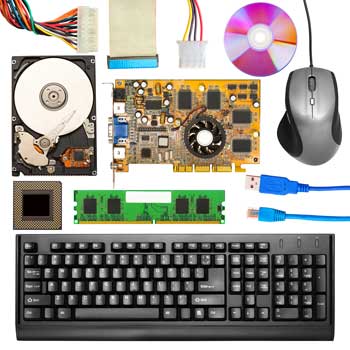The Operating System is a program with the following features −
An operating system is a program that acts as an interface between the software and the computer hardware.
It is an integrated set of specialized programs used to manage overall resources and operations of the computer.
It is a specialized software that controls and monitors the execution of all other programs that reside in the computer, including application programs and other system software.
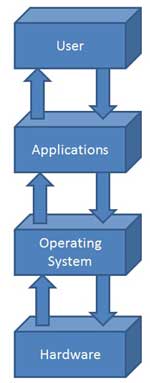
Objectives of Operating System
The objectives of the operating system are −
To make the computer system convenient to use in an efficient manner.
To hide the details of the hardware resources from the users.
To provide users a convenient interface to use the computer system.
Characteristics of Operating System
Here is a list of some of the most prominent characteristic features of Operating Systems −
Memory Management − Keeps track of the primary memory, i.e. what part of it is in use by whom, what part is not in use, etc. and allocates the memory when a process or program requests it.
Processor Management − Allocates the processor (CPU) to a process and deallocates the processor when it is no longer required.
Device Management − Keeps track of all the devices. This is also called I/O controller that decides which process gets the device, when, and for how much time.
File Management − Allocates and de-allocates the resources and decides who gets the resources.
Security − Prevents unauthorized access to programs and data by means of passwords and other similar techniques.
Job Accounting − Keeps track of time and resources used by various jobs and/or users.
Control Over System Performance − Records delays between the request for a service and from the system.
